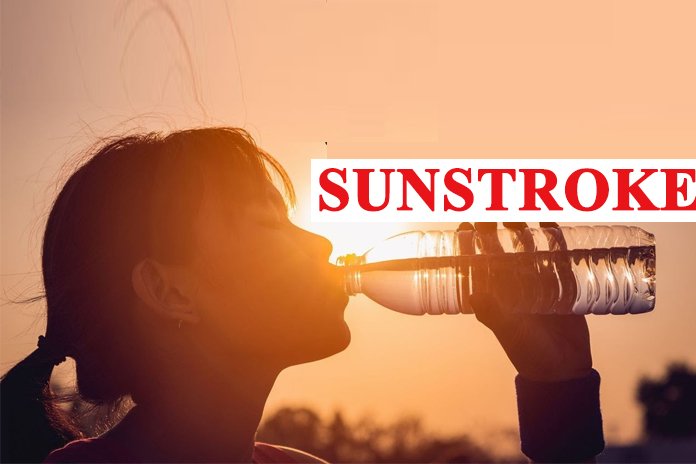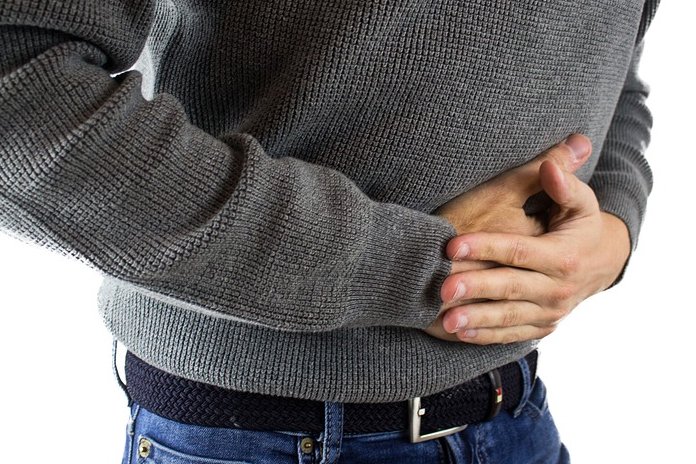What is Psoriasis?
Psoriasis is a chronic skin condition caused by an overactive immune system. It is a condition in which skin cells build up and form scales and itchy, dry patches.
It is a common condition of the skin that speeds up the life cycle of skin cells. It causes cells to build up rapidly on the surface of the skin. The extra skin cells form scales and red patches that are itchy and sometimes painful. Psoriasis is a chronic disease that often comes and goes and is not permanent.
Psoriasis isn’t always scaly — in the case of inverse psoriasis, the lesions are often shiny and smooth and found in skin folds.
Inverse Psoriasis
Inverse psoriasis is a painful and difficult type of psoriasis, that forms in the body’s skin folds, such as the armpits, genitals, and under the breasts or buttocks. Because these skin folds are called flexures, it also is known as flexural psoriasis.
But patients have inverse psoriasis affecting other sites too, particularly inside the ear canal, behind the ears, through the scalp, and on elbows and knees.
Sometimes people have another type of psoriasis elsewhere on the body at the same time.
Symptoms of Inverse Psoriasis
- Inflamedpatches of skin are moist to the touch
- You may feel irritation
- Itching or both in areas that are affected by inverse psoriasis
- There are chances you might develop a yeast infection due to the moist
- The red lesions generally cover very large areas within your skin folds
- The skin in these areas is more sensitive
- Lesions can cause cracks (called fissures) in the creases of your skin
- Fissures can be very painful and cause bleeding.
- Irritation from rubbing and sweating
- Yeast or fungal infections
- Sexual problems due to discomfort
Treatment Suggested for Inverse Psoriasis
- Treatment can be difficult due to the sensitivity of the skin in these areas.
- Steroid creams and ointments are considered very effective, but they should not be covered with plastic dressings.
- Because the skin is thinner in areas that typically have inverse psoriasis, the risk of side effects from topically applied medicine increases.
- Overuse or misuse of steroids can further thin the skin and cause stretch marks.
- These areas are prone to yeast and fungal infections, doctors also may test for infection.
- If present, they may prescribe diluted topical steroids in combination with other medications.
- Compared to the other modern treatment options, Castellanies Paint is not commonly used unless there are clear signs of a secondary bacterial or fungal infection.
- Castellanies Paint is a prescription that can be used to help dry out oozing, infected areas.
- Calcipotriene(Dovonex) is a drug slows the growth of skin cells and reduces inflammation. It’s often effective but may make your skin sting or burn. If it does, talk to your doctor.
- Phototherapy- Ultraviolet (UV) light therapy works well for many different types of psoriasis. Since inverse psoriasis affects areas that are hard to reach, you may need to go to the doctor for this therapy.
- Pimecrolimus (Elidel) cream and Tacrolimus (Protopic) ointment work for it too. The FDA approved these drugs to treat eczema, another skin condition. Some dermatologists claim they work well for treating inverse psoriasis, too. But we suggest you talk to your doctor before using them. The FDA warns people to use these medicines only for a short time because some early studies suggest they may be linked to slight cancer risks.
- Anthralin and coal tar can irritate skin folds. Your doctor might recommend diluting the creams with a moisturizer. You can continue applying them but only for a short time and then wash them off. You can use these products alone or along with a topical corticosteroid, but consult a doctor about the best approach.
The best treatment for you can be advised by doctors and even though the treatment might take some time, it would work in your favor.



